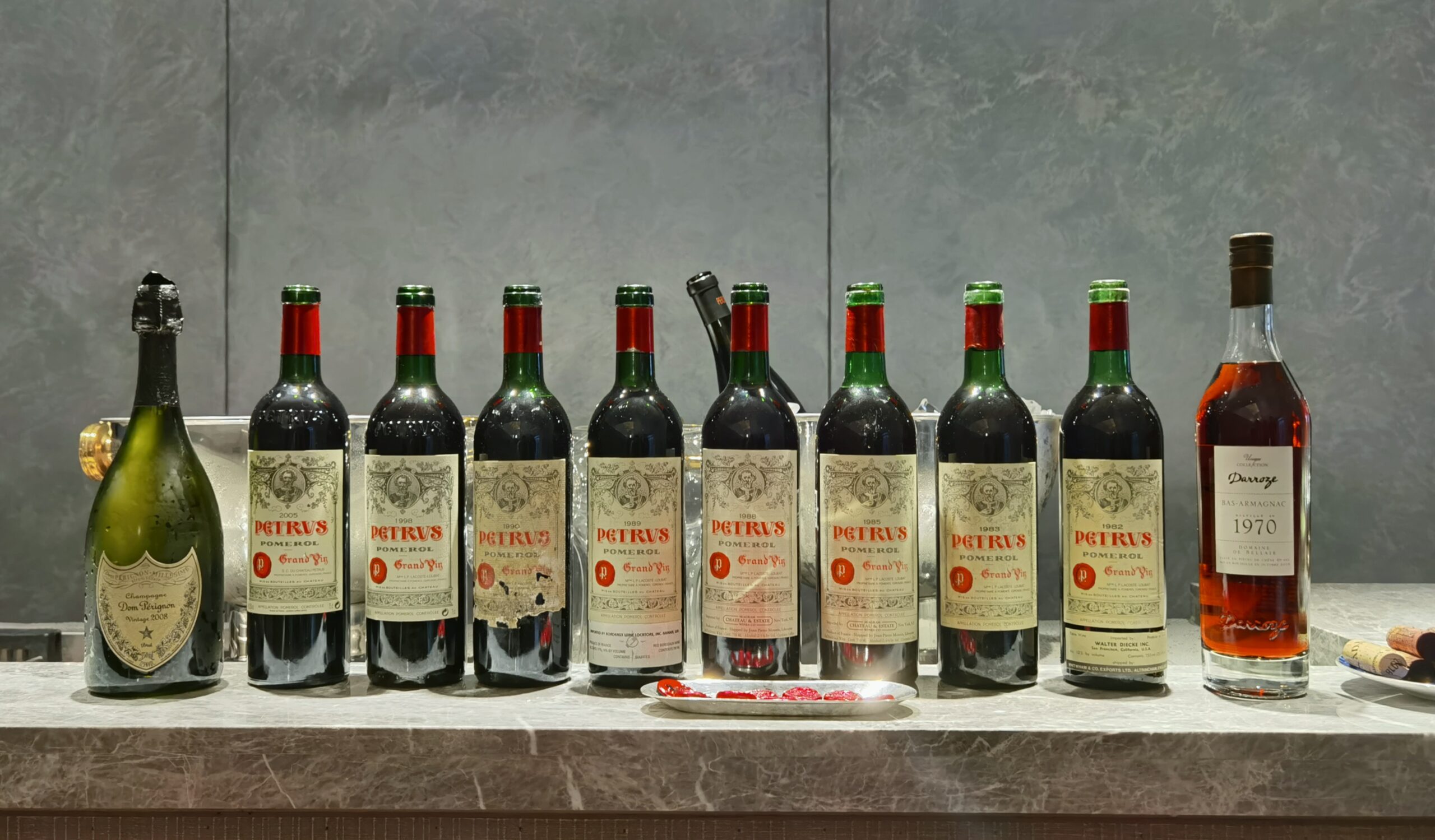
I love Petrus. And so now you are no doubt thinking “No kidding, who doesn’t?”. After all, Petrus is one of the world’s most famous and expensive wines, and independently of what one really thinks, to state otherwise makes one run the risk of looking like a fool or an ignoramus. But my love affair with Petrus runs much deeper than that of its label. In fact, I have been to the estate something like thirty times over the last twenty plus years (honestly, I have lost count), and have nothing but pleasant memories associated with the property. A great deal of the merit for my harboring the feelings that I do belongs to the estate’s long time, legendary, winemaker, Jean-Claude Berrouet, one of the nicest and most intelligent people I have ever met in my wine life, and a person I am honoured to consider a friend. I cannot even begin to tell you how much I have learned from him over the years, and it is undoubtedly true that much of the way I think about wine and much of what I write (and the way I write it) owes a great deal to Berrouet’s lessons.
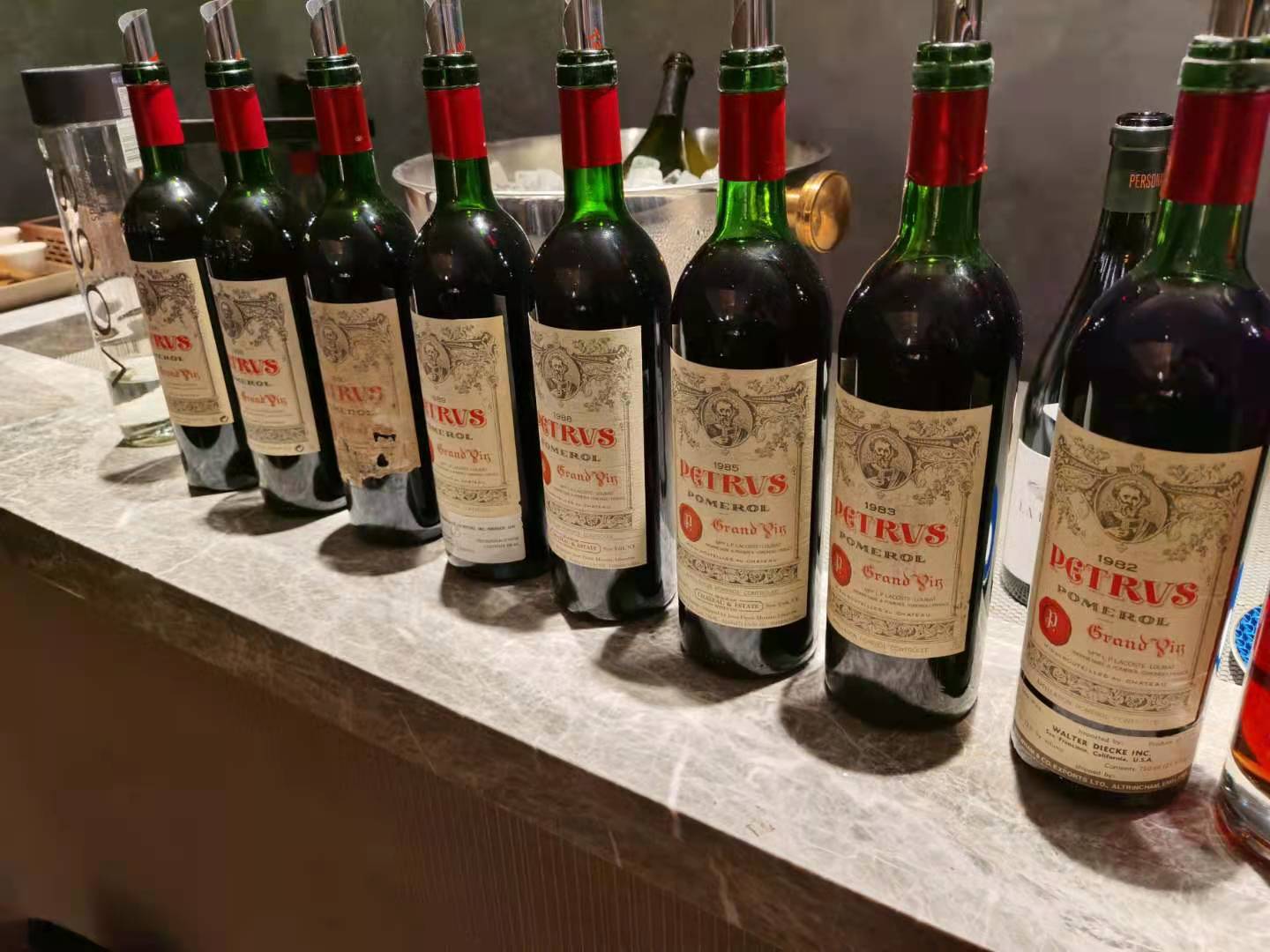
Petrus, the estate
The origin of the name “Petrus” is not completely clear. For sure, the name is linked to that of Saint Peter, and in fact the estate’s label and logo proudly display two large keys, for Saint Peter is he who holds the keys to the Kingdom of Heaven (Petrus derives from the Latin word for “Peter”, and going farther back still, to the Greek “Petros”). Another possible origin of the estate’s name is that it is in fact a toponym: that of the hill of Petrus, where it is located.
For such a storied property and such an expensive wine, and despite its name, Petrus does not have especially noble origins. Architecturally, the winery building is not especially remarkable (far from it, actually) and the property was more or less a farm for much of its existence. Due to this simpler way of life, magnums and other large format bottles of Petrus were never common, and rarely made (if made at all) prior to the 1970s, even the 1980s. And the wine really began to fetch astronomic prices only in the last forty years or so. There is however one other constant with Petrus: throughout its history, despite its lack of noble origins and imposing building, it has always been considered to be at first one of the best wines of Pomerol and all Bordeaux, and later perhaps the best Bordeaux wine of all. And if not the best (because at certain levels of Bordeaux wine, things become more a matter of “first among equals”) then certainly it’s most unique. There is no argument that Petrus is the world’s single greatest Merlot wine, though that characterization is probably very reductive for what is unquestionably one of the world’s ten most important, famous, and best wines of all.

Petrus is not a young property: its roots can be traced back to the mid-1750’s, which makes Petrus one of Pomerol’s oldest estates. Apparently, it was in those years that the Voisin family of Chateau Gazin sold some land to a Jacques Meyraud, and that is where and when Petrus was born. In 1917, a former manager of Petrus, M. Sabin-Douarre, purchased the property and it was he who later sold it (in 1929) to Madame Loubat, probably the best thing that could have happened to Petrus. This is because not only did the Loubat family already own two small Pomerol estates (Jeanlade and Chante-Caille) and so knew their way around the wine trade, but one of the family’s members (Madame Loubat’s brother) was the Mayor of Libourne (the right bank’s most important and largest city). With that sort of network to fall back on, Petrus and its wine were undoubtedly well served.
It was Madame Loubat that hired Jean-Pierre Moueix to make and distribute the wine, thereby establishing the link between the Moueix family and Petrus that still continues to this day. For when Madame Loubat died in 1961, childless, the property was inherited by her closest relatives (a nephew, M. Lignac, and a niece, Mme Lily Lacoste), but with a small portion awarded to Jean Pierre Moueix as well. Before the end of the decade, Jean-Pierre Moueix would go on to buy the estate’s shares owned by Lignac, while his eldest son Jean-Francois would do the same from Madame Lacoste.

 中文
中文

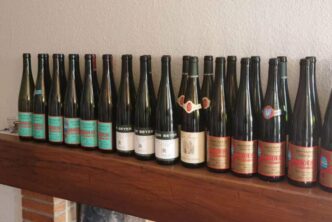
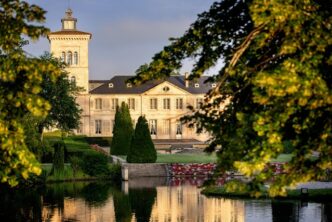
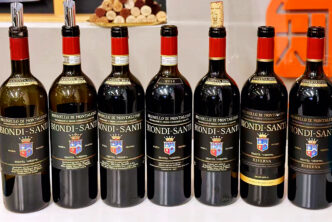
All your readers envy you having the opportunity to taste all these Petrus’ with he man who brought them into the world. Through your telling the story of Petrus and making the difficult effort of translating sight, smell and taste into words we can share this amazing tasting in our imaginations. Mille Grazie, Bob Millman
Thanks Bob, it was indeed a privilege, as opportunities such as that one really don’t arise too often. But almost more important on this night than how good the wine were was the provenance of the wines….the bottles were simply in splendid condition and there wasn’t a fake among them. That is unfortunately not always the case with this sort of vertical these days. Ian